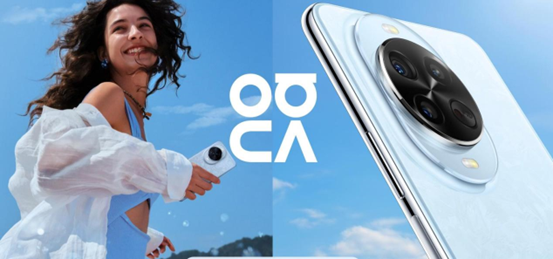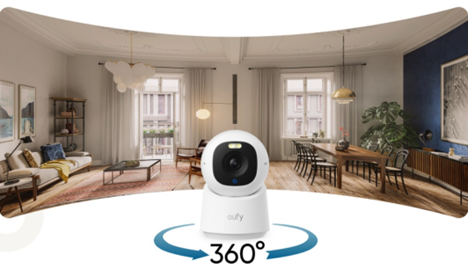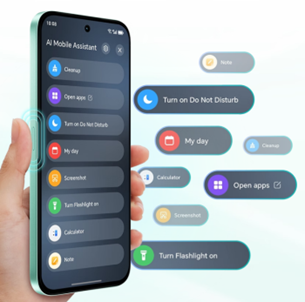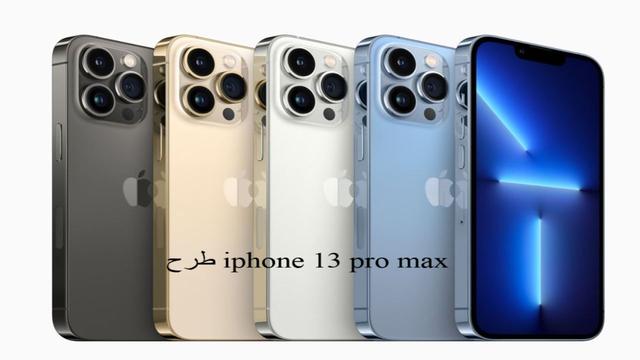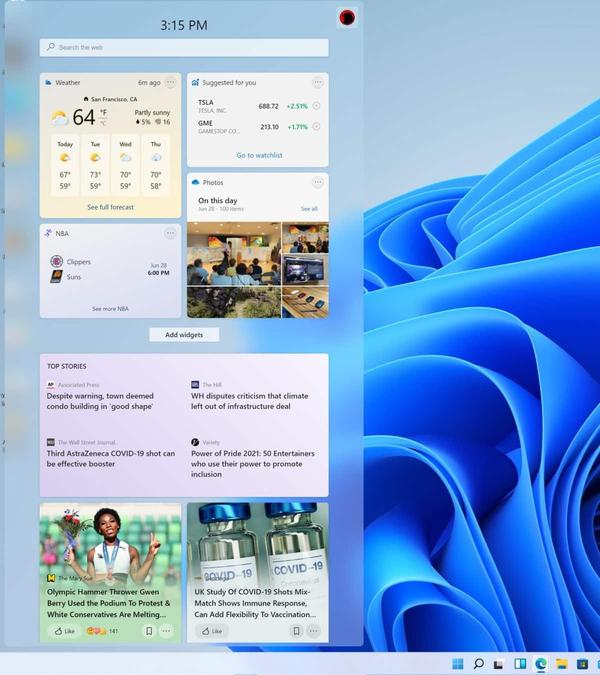Can Smartwatches Replace Traditional Watches?
Traditional watches have long been valued for their craftsmanship, simplicity, and style. But smartwatches bring more to the wrist—offering health tracking, navigation, and app connectivity in a single device. As these digital tools grow more advanced, the debate continues: can smartwatches truly replace classic timepieces? The Huawei Watch Fit 4 Pro offers a strong argument by combining elegant design with powerful functionality in one lightweight, accessible device.
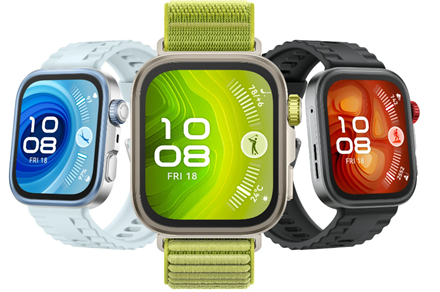
What Smartwatches Offer That Traditional Watches Don’t
Advanced health and sleep tracking
A key reason many users shift from analog to digital is the access to daily health insights. The Huawei Watch Fit 4 Pro goes far beyond step counts. It features heart rate variability (HRV) monitoring, which helps detect early signs of stress, illness, or overtraining. This allows users to understand how their body reacts to daily demands—something no traditional watch can offer. Sleep tracking is also a major upgrade. The Fit 4 Pro records time spent in REM, core, and deep sleep, flags breathing interruptions, and shows when you wake up. Its companion sleep app helps users build a consistent sleep routine and adjust lifestyle habits based on actual recovery data. These functions offer tangible wellness benefits that mechanical watches simply aren’t built to deliver. What makes the experience even more seamless is the streamlined 9.3mm body and lightweight 27g design. It’s comfortable enough to wear overnight without distraction. Strap options like the Janus woven band (breathable and hydrophobic) and the flouroelastomer band (soft and secure) cater to all wrist types and personal comfort levels.
Navigation and activity support
Traditional watches tell time. The Huawei Watch Fit 4 Pro tells time—and guides your movement. It supports dual-band GPS (L1+L5) via Huawei’s Sunflower antenna, offering high-precision tracking during runs, hikes, or city walks. The device includes offline full-color maps, so users can navigate without needing a phone. This is especially helpful in unfamiliar locations or remote environments. Its barometer measures altitude, elevation gain, descent, and air pressure—useful for outdoor adventures. And with dedicated modes for hiking, skiing, and mountain biking, it presents data in real time and in post-workout graphs. This depth of feedback empowers users to train smarter, not just harder. Unlike traditional watches, the Fit 4 Pro also includes golf course maps with 3D views of over 15,000 fairways and greens. The driving range mode analyzes swing speed, tempo, and timing—turning the watch into a silent coach for golf enthusiasts.
Built-in performance for water sports
The water-resistant capabilities of a traditional watch typically stop at basic depth ratings. Huawei Watch Fit 4 Pro takes aquatic performance further. It’s Huawei’s first watch to support water sport route tracking, covering seven activities like rowing, paddleboarding, and sailing. The device also supports freediving up to 40 meters, with detailed stats such as hover timers, apnea training, and water type identification. For swimmers and water adventurers, these metrics provide both safety and performance tracking in a single wearable. A traditional dive watch might show depth, but it won’t log training data or sync with apps to help you improve.
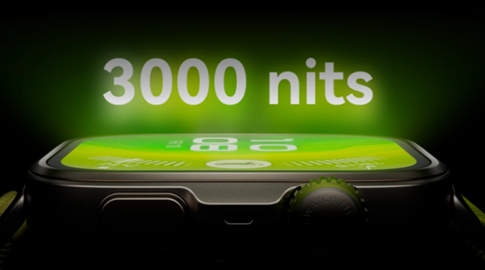
Conclusion
The question isn’t whether a smartwatch can replace a traditional watch in function. It already does. The real question is whether it can do so with comfort, durability, and enough elegance to wear daily. The Huawei Watch Fit 4 Pro proves that the answer is yes. It combines sapphire glass, a titanium alloy bezel, and aviation-grade aluminum to match the build quality of fine watches. It offers a large 1.82-inch bezel-less screen with 3000 nits peak brightness, outperforming many luxury displays in clarity and daylight readability. All while remaining lighter and slimmer than most mechanical pieces. For those who want both modern capability and refined design, the Fit 4 Pro doesn’t just compete with traditional watches—it redefines what a watch can be.

